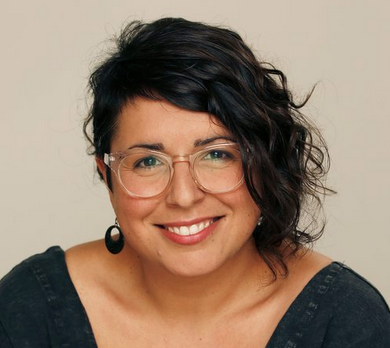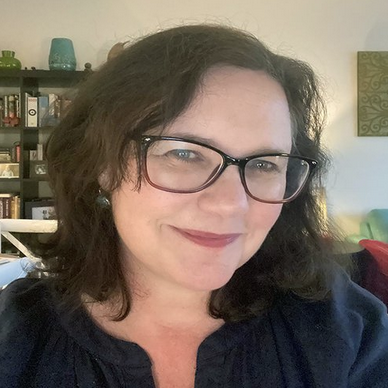The SCBWI Picture Book Illustrator Awards recognise the talent of PAL published Australian and New Zealand children’s illustrators, in visual narrative for picture books and graphic novels from early childhood to young adult. The Award is managed by SCBWI Australia East & New Zealand and is funded by the Copyright Agency. In addition, the SCBWI New Zealand Illustrator Award is funded by SCBWI Australia East & New Zealand.
There are three categories – Established and Emerging Illustrator Awards for Australian Illustrators plus a SCBWI New Zealand Illustrator award with prize money to assist an illustrator with the creation of a new visual narrative picture book or graphic novel.
Our stupendous judges are: Tash Besliev—Publisher, Affirm Press, Heather Curdie—Commissioning Editor, Penguin Random House Clare Hallifax—Publisher, Walker Books ANZ and Kristen Nobles—Art Director, Charlesbridge Publishing. SCBWI is so excited to have such wonderful and hugely talented publishing professionals for this incredible award. So let’s get to the winners!
Judging Criteria
Originality of the intended project
Creativity of the intended project
Artistic and literary merit of the applicant’s body of work (assessed on grounds of stylistic and thematic achievement as demonstrated by portfolio and support material)
Ability of applicant to create an excellent narrative with a significant visual component (as demonstrated by portfolio and support material) which may be textual and visual, or visual alone (wordless).
Established Illustrator Award for Australian Illustrators
First Prize: Serena Geddes
Alyssa Moon – 120pp junior graphic novel (7-10yrs)
Serena’s submission stood out for its energy, enthusiasm, thorough execution and detailed outline of how she would use the funds, including an exacting timeline showing how she planned to achieve her creative goals, extending her into this growing genre.
Her story pitch and support material were clear, fresh, vibrant and frankly hilarious, showing the energy, authenticity and humour in the characters and situations that would be perfect for this age group. The narrative successfully approaches the important but often difficult subject of bullying from the perspective of the bullies, with Serena drawing on her own personal experience which lends added authenticity to the story.
In her pitch, support material and portfolio, Serena clearly and refreshingly demonstrated her ability to successfully execute this project. Her excellent rough storyboard extract and colour page sample shows a clear thought process towards how she plans to achieve her goals, leaving plenty of room for growth and feedback through the extensive and wide-ranging proposed courses for developing illustrative and narrative skills for this proposal.
2nd Prize: Kylie Howarth
The Waffle Crab – Picture book
Kylie’s proposal and support material was thorough and well thought through. She demonstrates and energy and willingness to explore new styles and techniques in an attempt to extend her skills as an illustrator and engage today’s emerging and reluctant readers in the reading and creative elements, as well as to encourage healthy eating.
We liked Kylie’s simple modern spin on an age-old traditional story (the gingerbread man), incorporating cooking and creative activities for the reader. These are reflected in the photographic food art elements she plans to develop in collage as well as expanding on her textural techniques using everyday elements such as leaves, seaweed, feathers fingers etc – techniques that the reader can easily try themselves (could be messy!)
The variety of styles in Kylie’s portfolio shows versatility and a willingness to experiment and expand, and this book would extent Kylie into a new medium and illustrative style, in the spirit of Illustrator Award.
3rd Prize: Max Hamilton
The Lighthouse Keeper’s Daughter – Picture book with historic focus (5-8yrs)
We were captivated by Max’s proposed historical picture book based on her research into a young girl who grew up living in lighthouses in Australia in the 1930s and 1940s. Max has already gathered a lot of valuable material around which to write a fiction narrative and proposes to use the award to further research and develop the best illustrative and narrative style for the project.
In her support material, Max showed an extensive exploration of possible illustrative directions and how various researched story elements that might be included.
Emerging Illustrator Award for Australian Illustrators
First Prize: Peter Cheong
Layla – Middle grade graphic novel
(9-12yrs)
Peter’s submission stood out for its creativity and originality and detailed outline of the narrative. Peter was clear on how he would use the funds and it was clear he has a solid foundation in understanding the audience, competition and expectations in the growing category of graphic novels.
Peter’s pitch and support material was thorough and showed a true passion for the category. The narrative successfully blends elements of fantasy and magical realism and delivers a Studio Ghibli-like sensibility which would be a fresh perspective in the Australian graphic novel market. The sample pages in the support material demonstrated Peter’s innate skill in telling a story in graphic novel form. His clever and interesting perspectives, and sparse use of dialogue and text is cinematic in parts and will be hugely engaging for a broader readership than perhaps anticipated. The rough storyboard extracts show Peter has a clear process and plan for his story with opportunity for growth and development of his craft.
In his pitch, support material and folio, Peter shows his ability to successfully adapt his illustration style across different formats, audiences and genres. The result is a body of work that is authentically Peter’s, yet gloriously accessible for different readerships. It was clear to the judging panel that he would deliver this same level of adaptability and respect for the audience to the graphic novel category.
Highly Commended: Ross Morgan
The House of Collectives – Picture book
Ross’s arresting images of animal groups interacting with abandoned human spaces make intriguing subject matter for a picture book. His presentation was thoughtful, the content multi-layered, and the approach felt unique. Ross’s portfolio is appropriately filled with surreal juxtapositions and his ability to capture the atmosphere of each setting and animal emotions will serve this project well.
The commentary on our shared world and message of awareness for sustainability in the future are admirable. Ross proposes to use the award to further develop the storyline and final artwork.
SCBWI New Zealand Illustrator Award
First Prize: Sandra Fay
A Kind-of-Cow Kind of Story – Picture Book
Sandra clearly met the criteria, as her submission was highly original – a very unique story, well written, well thought out, and distinctive in its humour and subject matter.
Sandra’s creativity in her medium (potato prints) was also a standout, with her unusual materials creating beautiful and textured illustrations.
It is clear that Sandra has a unique and particular voice, and this is an advantage in differentiating herself in the market as an author-illustrator.
Huge congratulations to all the winners! We are so excited to see all of these projects come to life!
The SCBWI Team




















